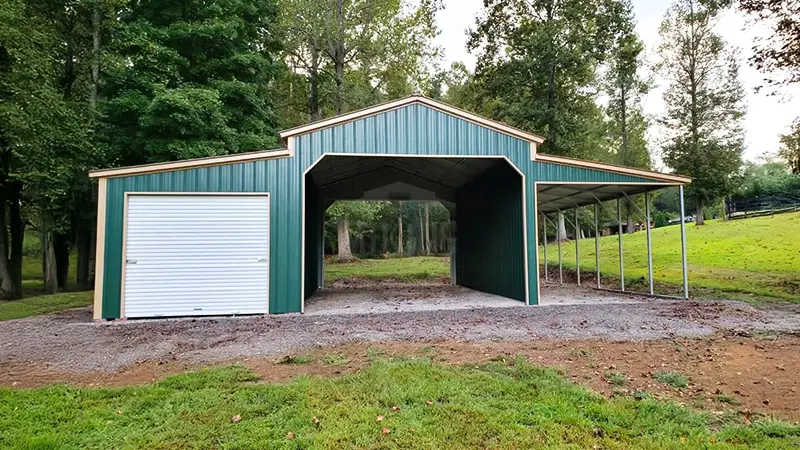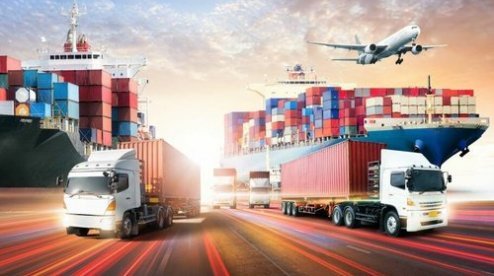Long-distance deliveries are a key part of the logistics and transport industry. Whether goods are being moved from city to city or across borders, land transport companies play a major role in making sure these deliveries are made safely and on time. But how do these companies manage such long and often complex delivery routes?
In this blog, we will explain in simple words how land transport companies handle long-distance deliveries. We will break everything down into easy sections so that everyone can understand, whether you’re a business owner, a logistics professional, or just someone interested in how the system works.
Understanding Long-Distance Delivery in Land Transport
Note : Land transport companies in Dubai had played a major role in moving goods smoothly across the region. From planning routes to timely deliveries, they had ensured efficiency. For dependable service and expert handling, Forward Air Cargo Service And Clearance L.L.C
What Is Long-Distance Delivery?
Long-distance delivery means transporting goods over a large area, such as between cities, regions, or even countries, using road-based vehicles like trucks, trailers, and vans. These deliveries usually cover hundreds or thousands of kilometers and take more planning than local deliveries.
Why Is It Important?
Long-distance deliveries keep supply chains moving. They make it possible for businesses to move products from factories to stores, warehouses to customers, and more. Without them, many businesses would not be able to operate smoothly.
Planning the Delivery Route Carefully

Why Route Planning Matters
A successful long-distance delivery starts with good route planning. Choosing the best road, avoiding traffic, and finding safe and fuel-efficient routes can make a big difference in delivery time and cost.
How Companies Plan Routes
- Use GPS and route planning software
- Check for road closures or construction
- Consider weather and traffic conditions
- Plan stops for fuel, rest, and meals
With careful planning, companies can avoid delays and keep deliveries on time.
Using the Right Type of Vehicles
Different Deliveries Need Different Vehicles
Land transport companies use different vehicles based on the type of goods and the distance to be covered.
Types of Vehicles Used
- Small vans – used for lightweight or short-distance deliveries
- Medium trucks – good for regular-sized cargo
- Heavy-duty trucks and trailers – used for bulky or heavy goods over long distances
Choosing the right vehicle helps in keeping the delivery safe, timely, and cost-effective.
Hiring Skilled and Experienced Drivers
Drivers Are the Backbone of the Delivery Process
Experienced drivers are very important in long-distance delivery. They know how to handle long hours on the road, deal with traffic, and take care of the goods they are transporting.
How Companies Choose Drivers
- Check driving history and license
- Provide training on handling cargo
- Teach them about safety rules and customer service
Good drivers help avoid accidents, delays, and damage to goods.
Following Rules and Regulations
Understanding Transport Laws
When transporting goods over long distances, companies need to follow certain rules. These include safety regulations, weight limits, and permits for crossing borders.
How Companies Stay Compliant
- Use legal weight loads
- Carry correct documentation
- Follow government transport laws and road rules
Following the rules avoids fines, delays, and problems at checkpoints.
Keeping Goods Safe During Delivery
Safety of Goods Is a Top Priority
During a long journey, goods can be damaged if they are not packed or handled properly. Land transport companies use special tools and methods to protect the cargo.
How They Ensure Safety
- Use proper packaging and containers
- Secure goods using straps and locks
- Avoid overloading the vehicle
- Monitor temperature if carrying sensitive goods
Safe handling protects the goods and keeps customers happy.
Monitoring Deliveries with GPS and Tracking
Technology Helps Keep Everything on Track
Modern transport companies use GPS systems to track their vehicles in real time. This helps them know where the cargo is and if there are any delays.
Benefits of Tracking
- Real-time updates for customers
- Quick response in case of delays
- Better communication with drivers
Tracking systems add transparency and help companies stay in control.
Managing Fuel and Maintenance Efficiently
Why Fuel and Maintenance Matter
Long-distance trips need a lot of fuel and regular maintenance. Without proper planning, this can become very costly.
How Companies Save Costs
- Plan fuel stops in advance
- Use fuel-efficient vehicles
- Schedule regular maintenance checks
- Train drivers on fuel-saving techniques
Taking care of fuel and maintenance ensures the vehicles run smoothly and saves money.
Coordinating with Warehouses and Delivery Points
Communication Is Key
For long-distance delivery to work smoothly, land transport companies need to coordinate with warehouses, clients, and drop-off locations.
How Coordination Is Done
- Share delivery schedules
- Confirm receiving hours
- Plan for loading and unloading
Good coordination avoids waiting time and ensures the delivery is completed on time.
Handling Emergency Situations on the Road
Being Ready for the Unexpected
Sometimes, things don’t go as planned—vehicles break down, roads close, or weather changes suddenly. Land transport companies prepare for these emergencies.
Emergency Response Steps
- Keep drivers trained for breakdowns
- Provide emergency contact numbers
- Have backup vehicles if needed
Being prepared helps keep deliveries on track even during challenges.
Providing Excellent Customer Service
Keeping Customers Informed
Clients want to know where their goods are and when they will arrive. Land transport companies make sure to provide regular updates and respond to questions quickly.
How They Do It
- Send tracking links
- Offer customer support lines
- Share estimated arrival times
Clear communication builds trust and long-term relationships with customers.
Conclusion: Long-Distance Delivery Done Right
Land transport companies play a big part in keeping goods moving across large distances. Their job involves a lot more than just driving from one point to another. From planning routes and choosing the right vehicles to tracking shipments and handling emergencies, these companies manage every step carefully.
Key Points to Remember:
- Route planning helps avoid delays
- Skilled drivers make a big difference
- Right vehicles keep goods safe
- GPS and tracking systems provide control
- Coordination ensures smooth delivery
- Emergency plans avoid big problems
- Good customer service builds trust
Managing long-distance delivery takes effort, technology, and teamwork. But when done right, it ensures that goods reach their destination safely, on time, and in good condition.
For more insightful articles related to this topic, feel free to visit techners.net












Leave a Reply